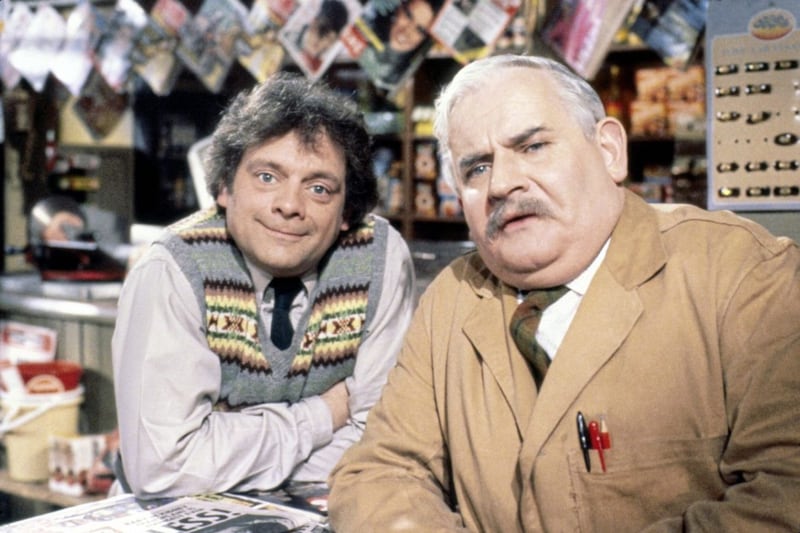In a casual conversation with a niece she mentions that her husband is compiling a family tree of our whole connection and would be grateful for any information about our forebears.
Caught off-guard, I admit to being the custodian of the family archive – four generations of photographs that, by default, I unwittingly fell heir to when my parents died. They occupy three drawers of a tallboy on the landing. I haven’t looked at them for thirty years, but Saturday finds me sitting on the floor with a magnifying glass amid a spreading sea of sepia-tinted and black and white images of people, many of whom died long before I was born, with neither a date nor a name between them by way of identification.
Who are these people? The clues are few. As ‘the wee late one’ I’m at a disadvantage. Those living within my own memory-span are easily identified. Here’s my father in his dapper prime and chequered plus-fours in the 1930s; my mother, elegant at a wedding in the 1940s in a fox fur cape and a Mrs Miniver hat. And here’s the one of my four elder siblings that mortified her. Taken when they lived in the country, they stand in a row like steps of stairs, the three boys muddy, tousled and sullen, one with no socks on, older sister pristine and precise as a pin, as she remained all her life, smiling beside them. I got it enlarged and framed.
I squint through the magnifying glass at the faces of the anonymous. Friends? Or relations? A very present aid to identity is the family nose, triumphantly re-appearing in four generations – though those gifted with it (myself and Daughter Dear included) aren’t that grateful. Here’s my Edwardian-corseted paternal grandmother, possible originator of the nose and mistress of the village school, looking over her pince-nez with a particularly penetrating stare I have no difficulty emulating, though I take after the other side of the house. Here are my mother and her sisters in middle age. Put myself and a couple of cousins in the same place and pose and the likeness is uncanny though the features are diluted.
A friend of mine once met a stranger at a conference. After some time conversing together, she told the stranger that her patterns of speech and body language reminded her very much of her friend Anita. “So they should,” said my niece, (who had not inherited the family nose) “she’s my auntie.” It’s all in the genes.
But back to the archive. One or two ancestors stand out. I have studio portraits of both on my hall wall – beautiful great-aunt Mary Frances, whose complexion was so perfect she was known as ‘Peach’; great-aunt Sarah, who won the Irish Sweepstake, went to America and sent magical parcels full of exotic things – faceted glass jars of cinnamon hearts, a sticky-outy organdie dress for me and slip-on yellow leather shoes that I wept over when my feet outgrew them – and were probably the psychological root of my obsession with footwear bought for looks rather than comfort.
We used to mock foreign tourists who saw the sights only through a lens. Now we’re all at it, addicted to random snapping everything in sight. The young have embraced the camera-phone with a vengeance. Even a four-year-old knows how to strike a pose – and nearly any female teen could give a masterclass in applying a cosmetically-sculpted, camera-ready face. I watched a girl in Venice, arm extended, features immobile, walk slowly through St Mark’s Square filming herself. The young treat the camera like a toy. How far we’ve come from ‘watch the birdie’, ‘say cheese’ or the glum reminder from the first communion photographer to his gap-toothed clientele, “Smile with your mouth closed.’
Why do people insist on sharing photographs on their mobile phone. The scrolling back and forth goes on forever. “Gottit!” they say. “Lovely!” I say - but they make me look at fifteen more.
WARNING: The moment I lay a finger on someone else’s phone, it goes blank. Honestly….









